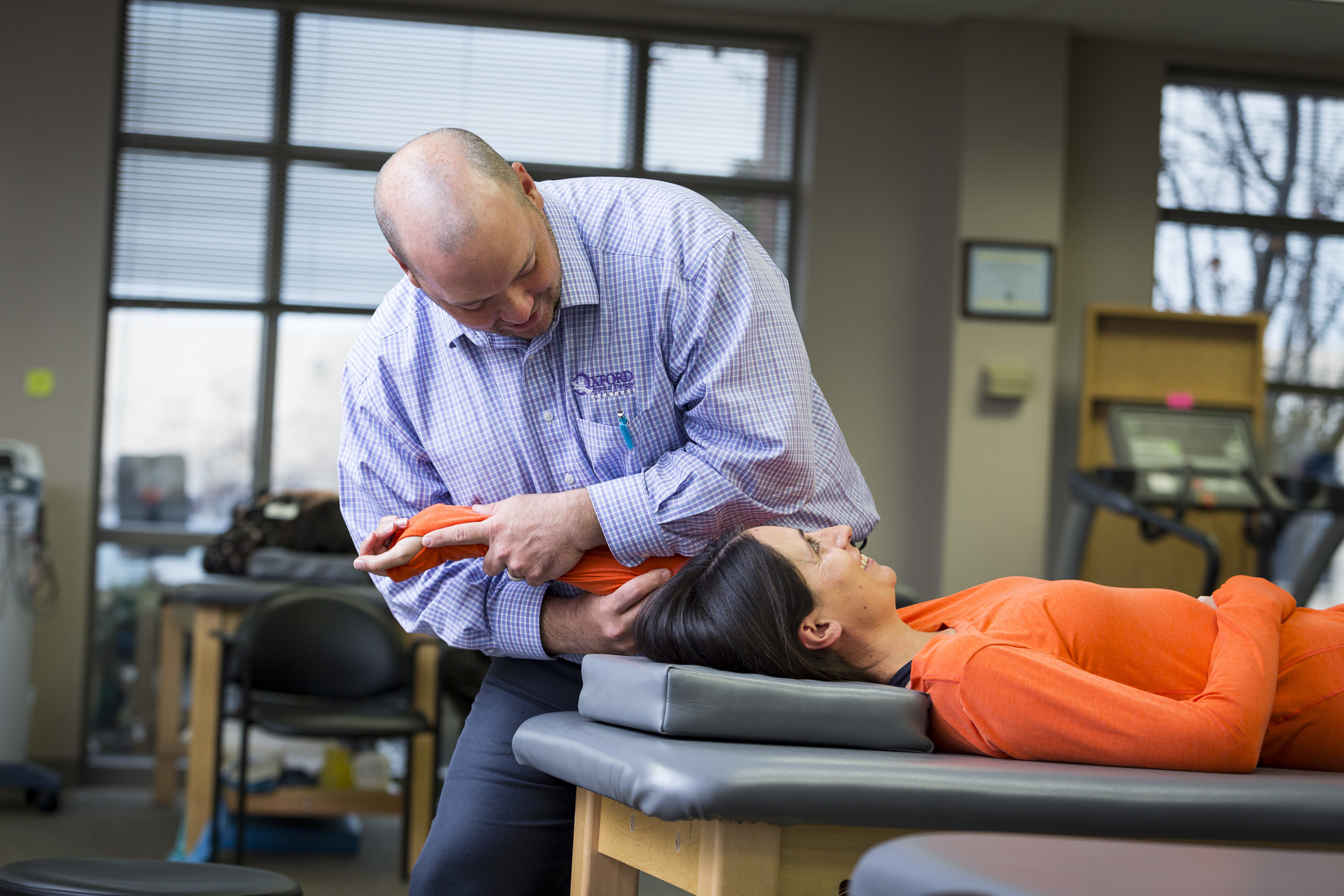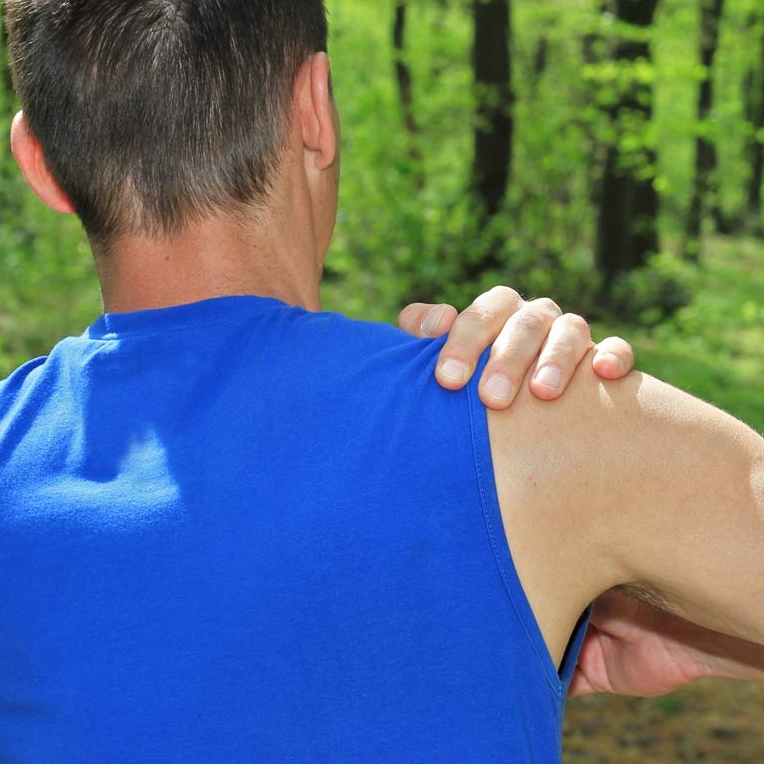Shoulder Pain
There are many injuries associated with the shoulder. Whether you are having left shoulder pain or right shoulder pain, we are able to help point you in the right direction.
OPTC Patient Care Journey
Your personal OPTC physical therapist will perform a thorough evaluation. Upon completion of your evaluation your physical therapist will design an exercise program tailored to your specific needs and goals.
A large portion of your treatment will also include manual massage, mobilization, and other hands on techniques. Our goal is to work with you and your pain and return you to an active lifestyle.
The following are examples of what might be included in your individualized physical therapy treatment program : Mulligan/ Maitland joint mobilizations, Mackenzie exercises based on extension or flexion, soft tissue mobilization with Graston techniques, ASTYM, modalities for comfort (cold/hot pack, e-stim, ultrasound), dry needling, traction, use of our reformer, and much more!
Below is a list of some of the most common injuries associated with shoulder pain.
Rotator Cuff
The most common shoulder injury that we see in our clinics is associated with rotator cuff pain. The rotator cuff is a series of four muscles that helps control the shoulder while it is moving. When the rotator cuff is injured, an imbalance develops and the shoulder can not move as effectively as it needs to and it can become painful. We have seen patients before and after rotator cuff surgery or if they are having only rotator cuff pain, not resulting in surgery. Our Physical Therapy evaluation will help find the imbalances and then our treatment will help move you back towards balance and improved movement.
Impingement Injury
Impingement can occur in the shoulder when one of the muscles is pressed up against a bony prominence. This impingement can occur from a muscle imbalance, tightness, or improper positioning of the shoulder and shoulder blade. Our Physical Therapy evaluation will help find what structures are tight, what structures are weak, and diagnose any positional dysfunction with treatment focusing on improving alignment and reducing shoulder pain.
Labral Injuries
The labrum of the shoulder helps improve the stability and prevent dislocation. When injured, there can be increased instability and feeling of the shoulder being "loose." Our Physical Therapy evaluation will look to identify which structures can get stronger to help the labrum perform its job with treatment focusing on increasing strength and stability while reducing pain.
Hypermobility/Hypomobility
The shoulder consists of the upper arm interacting with the shoulder blade. Either the upper arm or the shoulder blade can have excessive tightness or have too much mobility. With a change in mobility, shoulder movement becomes painful and strength decreases.




